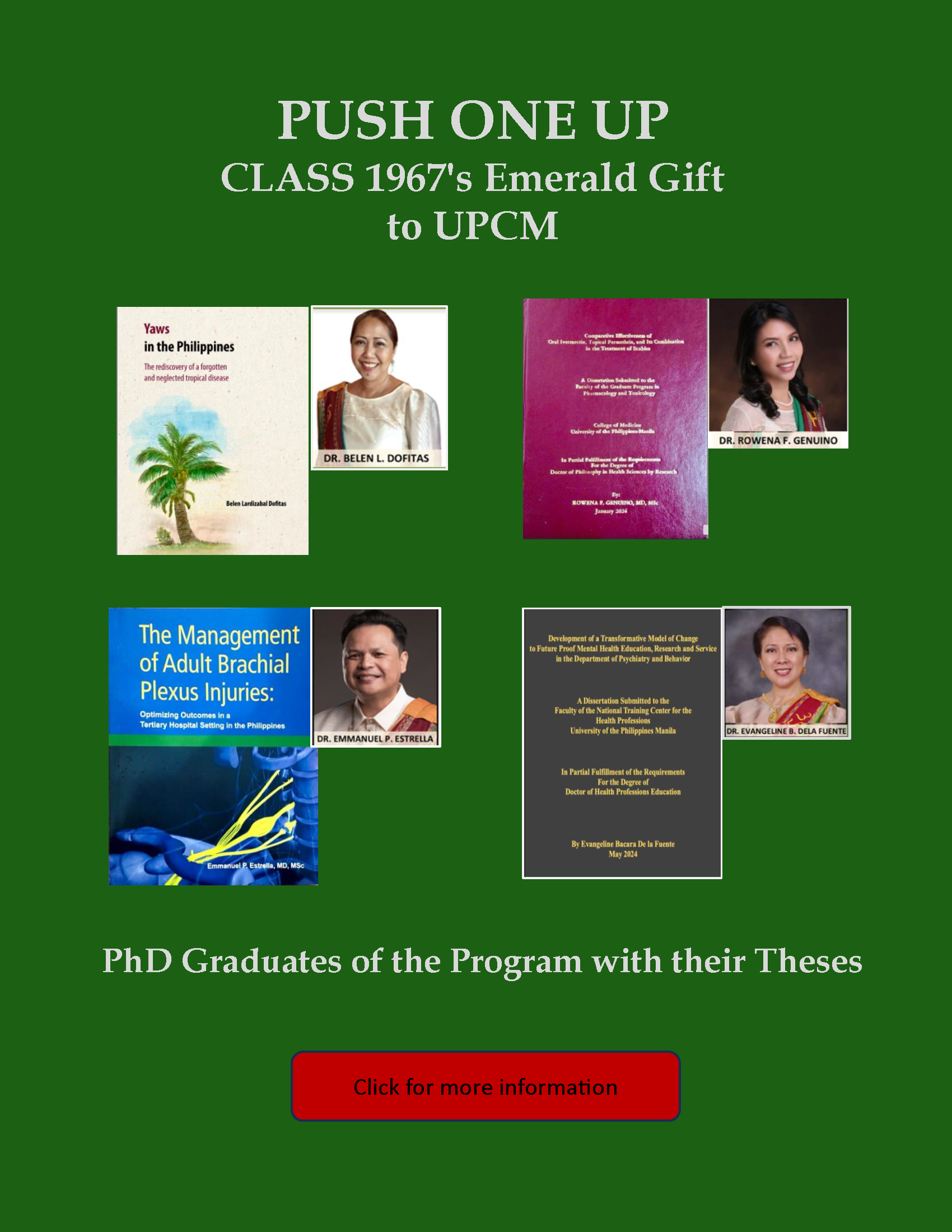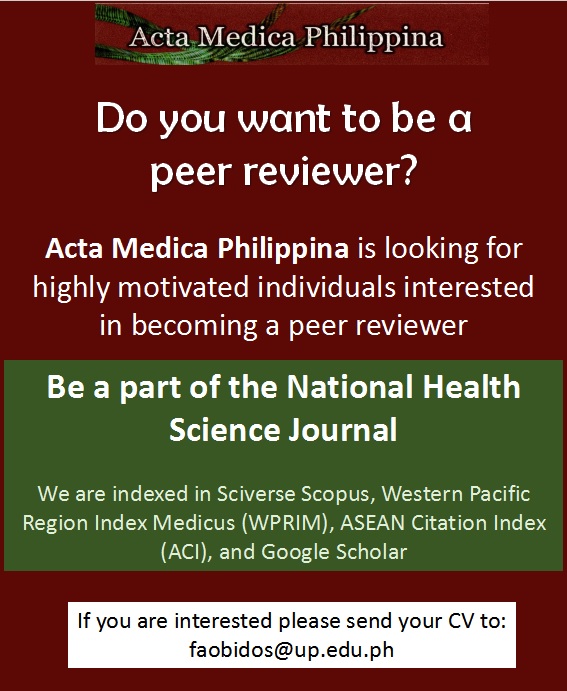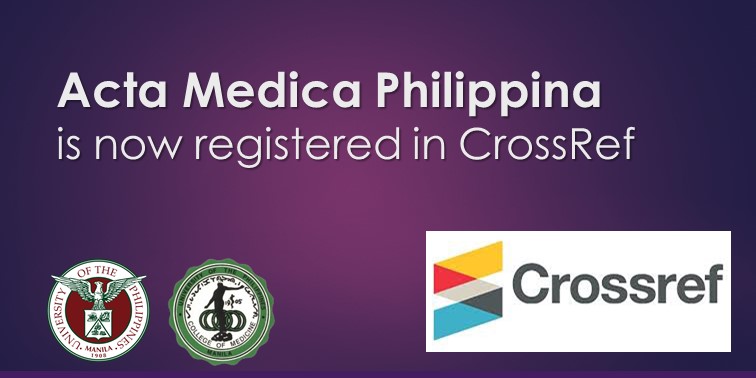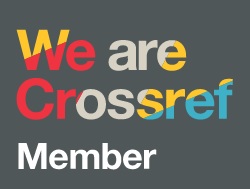Development, Usability, and Effect of a Hypertension Mobile Application on Knowledge and Guidelines Adherence among Family and Community Medicine Residents: A Before-and-After Educational Intervention Study
DOI:
https://doi.org/10.47895/amp.v59i6.9994Keywords:
mobile health applications, medical education, usabilityAbstract
Background and Objective. Mobile health applications have become integral in medical education and information access, yet their effectiveness varies, and barriers to engagement persist. This study aimed to develop and evaluate the usability and effectiveness of the Hypertension Now mHealth application in enhancing knowledge and guideline adherence among Family Medicine residents.
Methods. A before-and-after educational intervention study was conducted among residents of the Department of Family and Community Medicine (DFCM), Philippine General Hospital, from January to August 2023. The study involved the development of a mobile health application, Hypertension Now, designed to support clinicians on hypertension management. Usability, knowledge scores, and adherence to guidelines were assessed through questionnaires, pre- and post-interventions, and medical chart audits.
Results. All 32 DFCM residents participated. The app received high ratings for ease of use, interface, and overall satisfaction. It significantly increased residents' knowledge scores by 1.6 points (p=0.001). Adherence to proper physical examination (82% vs. 91%, p=0.024), diagnosis (80% vs. 90%, p=0.012), and pharmacologic treatment (53% vs. 83%, p=0.001) significantly improved. However, no significant increases were observed in adherence to risk assessment (83% vs. 78%, p=0.371), laboratory examination (35% vs. 40%, p=0.329), and non-pharmacologic treatment (77% vs. 81%, p=0.470).
Conclusion. This study showed the potential of mobile health tools to support medical education and enhance clinical practice in primary care settings. Integrating apps like Hypertension Now could improve management strategies and patient care outcomes.
Downloads
Published
Issue
Section
License
Copyright (c) 2025 Acta Medica Philippina

This work is licensed under a Creative Commons Attribution-NonCommercial-NoDerivatives 4.0 International License.




.jpg)



